College football is changing right in front of our very eyes; from money, players, the transfer portal, conference realignment, and NIL, it looks unrecognizable to just five years ago when the transfer portal was first put in place. The line between student and professional athletes is more blurred than ever before, however, regardless of whether you like or don’t like this new era of college football, for the average viewer, it’s fascinating to watch how everyone is adapting to this wild landscape. From Coach Deion Sanders to Stables in the sport like Alabama’s Nick Saben, every coach has had to adapt in these changing times. So, let’s take a look at the Wild West which is the transfer portal, and everything else that has changed in college football.
First, let’s take a look back to February 6th, 2013, a little more than a decade ago now. This particular day signifies one of the most important days of the year for those involved in college football; this includes coaches, their schools, and athletes across America. It is, of course, National Signing Day. For anybody unaware, National Signing Day is the day that high school athletes can take their pick of what school they will be committing to for college athletics. Back in the day, this was as big as the NFL Draft, ESPN would have coverage of the event, and we would get to see where the best high school football players would be taking their talents. For college football fans, many would watch the new recruiting class rise over the next 24 hours. The same energy was extended to the coaches, as it was time to see if their work on the recruiting trail during the offseason paid off. However, now, all that seems like a distant memory in the new landscape of college sports.
National Signing Day isn’t an event like it was in the 2010s anymore, not as much coverage, and not as much hype, so why is that? Well, there could be multiple reasons, but two words seem to resonate more than anything else: transfer portal. Some may be wondering what the transfer portal is. In 2018, the NCAA decided to create the transfer portal, a way for student-athletes to transfer from college to college more easily and quickly. However, this newly instituted program doesn’t answer why it’s become so popular, and why things like National Signing Day for high school athletes have died down. For that answer, we have to fast forward to 2021, when the NCAA made a decision that would change everything. Before 2021, the NCAA had ruled that players who entered the transfer portal would have to take a one-year penalty of eligibility, meaning they would have to sit out for a year before they could play for their new school. In 2021 this was changed to allowing players who transferred to play immediately for their new school.
In case you didn’t know, college football is the most lucrative college sport in North America, bringing in an average of 31.9 million dollars to each Division One school, and smashing any other sport’s revenue. The equation for schools has been simple: Winning=More Money, so when the idea of quickly collecting elite talent for your roster was first allowed by the NCAA in 2021, teams sprang at the advantage. On the players’ side, there is an enormous amount of talent in college football, and now with more monetary resources available, it makes more sense for athletes to find somewhere else that will showcase their talents, while also earning a little cash on the side as well. The transfer portal allows more football players to advertise their talents and gain a football career. The numbers back this up: during the initial 2018-19 cycle there were 4,076 NCAA football players to enter the transfer portal. By last year, that number had ballooned to 8,242, and it will keep growing, especially with the combination of the transfer portal and NIL, which allows players to make a profit off their name and image, something previously unallowed.
If anyone is interested to see what effect the transfer portal can have on a college football program, look no further than the University of Colorado. Head Coach Deion Sanders made history this past season. Just looking at the roster turnover alone, the Buffaloes had 71 players enter the transfer portal. This was largely due to Sanders telling them to, as the team had been 1-11 the year before. What’s even more impressive were the players Sanders brought in. He garnered over 90 new players and landed as the top transfer class in the nation. Although Colorado went 4-8 this year, Sanders’s encouragement of the portal is the epitome of where college football is headed. It’s not just Colorado, the elite schools like Georgia, Alabama, Ohio State, and Notre Dame, have dipped their toes into the portal, and so has everyone else in between.
So as the transfer portal continues to change college football, fans should buckle their seatbelts and hold on, because the roller coaster is only just getting started.





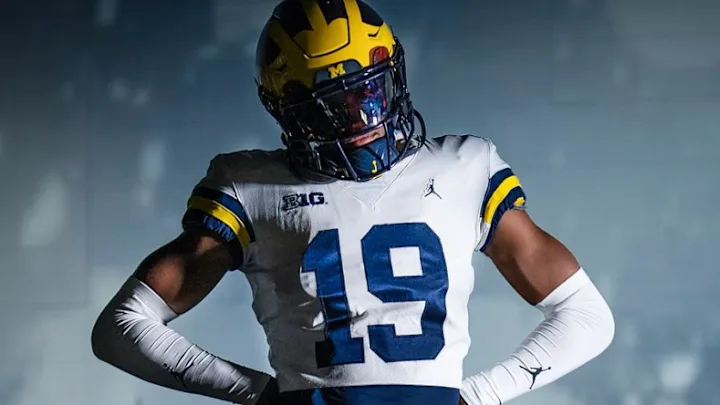


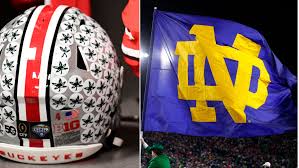




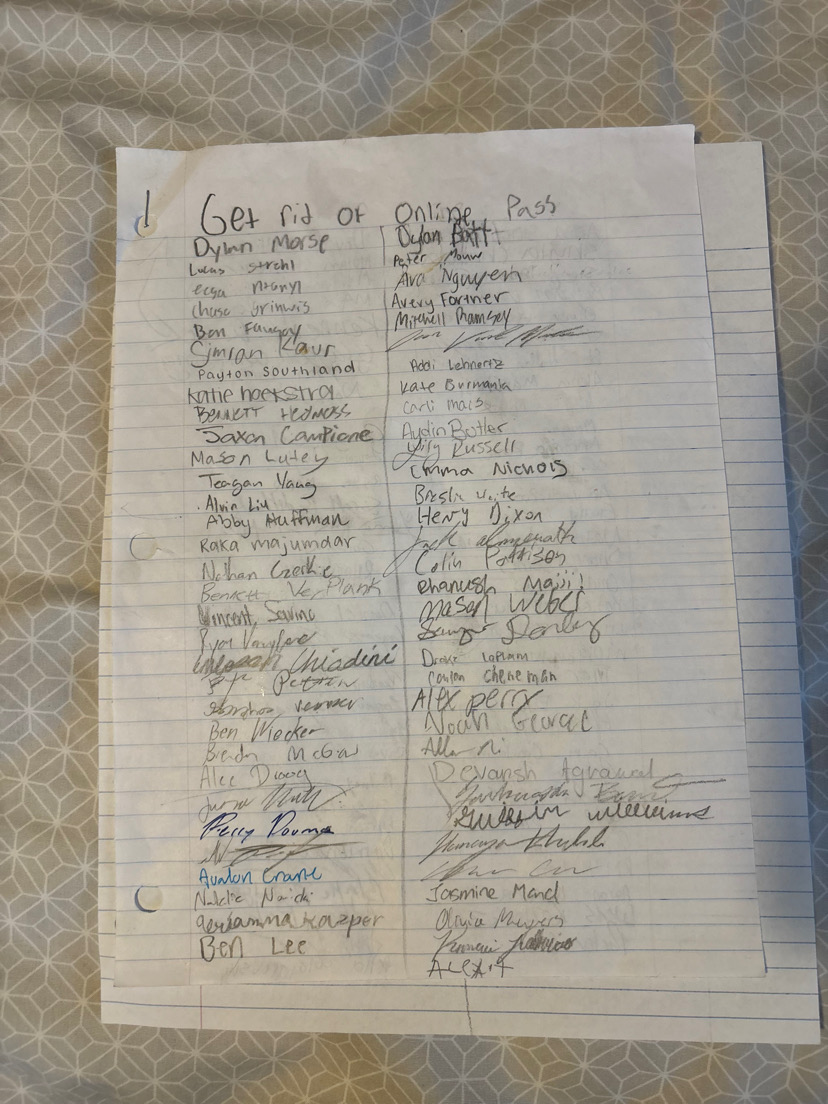


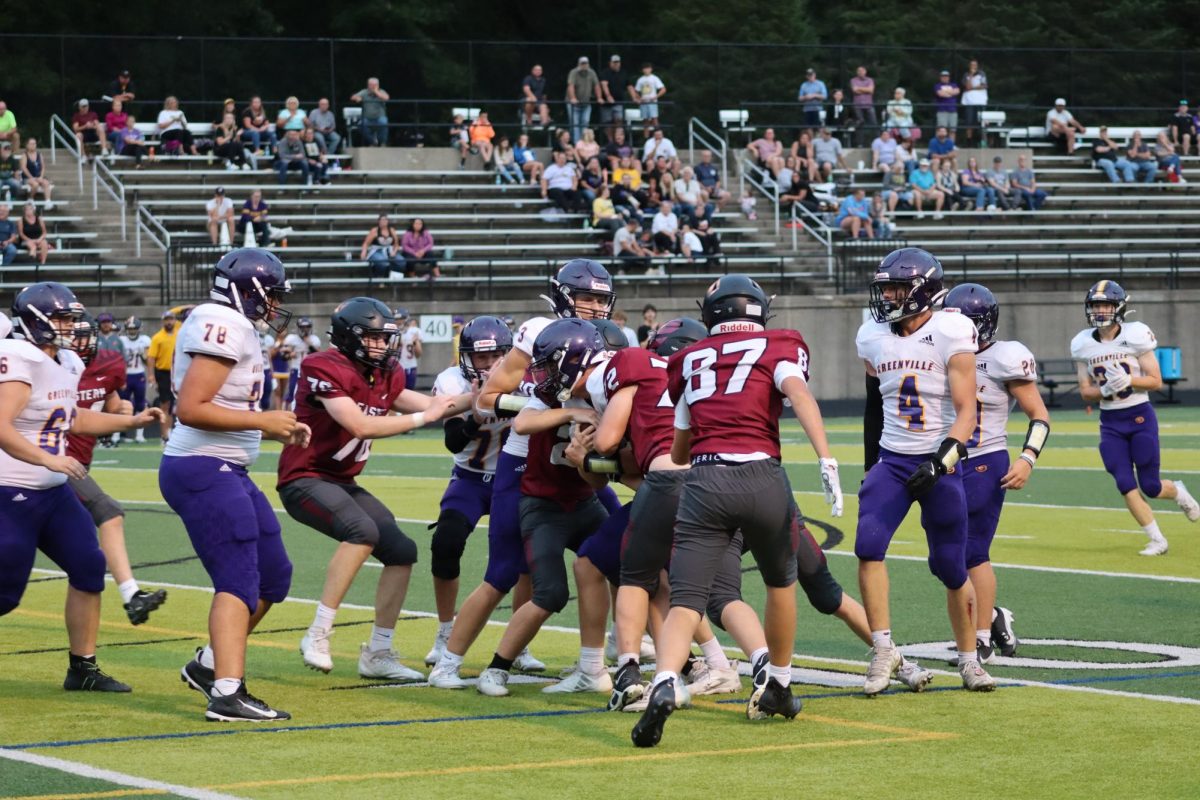


















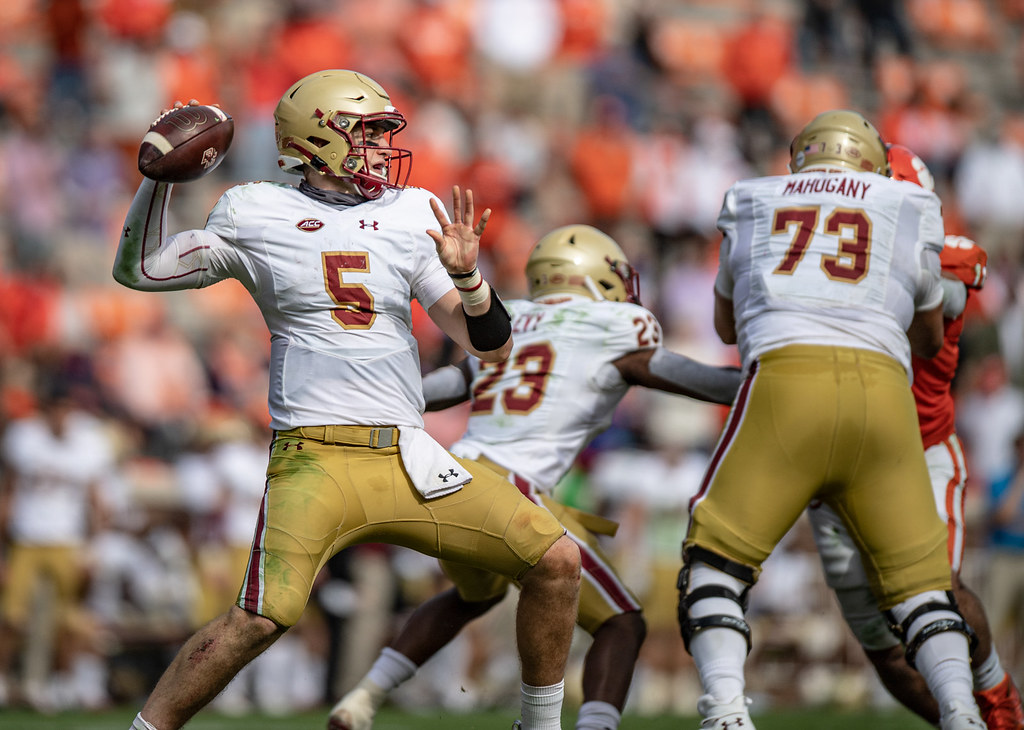

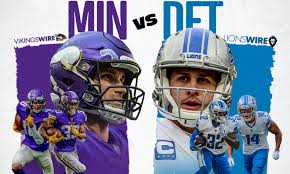
Cooper Wherley • Jan 9, 2024 at 9:48 am
Great Article Big J! Don’t forget about Louisville though!